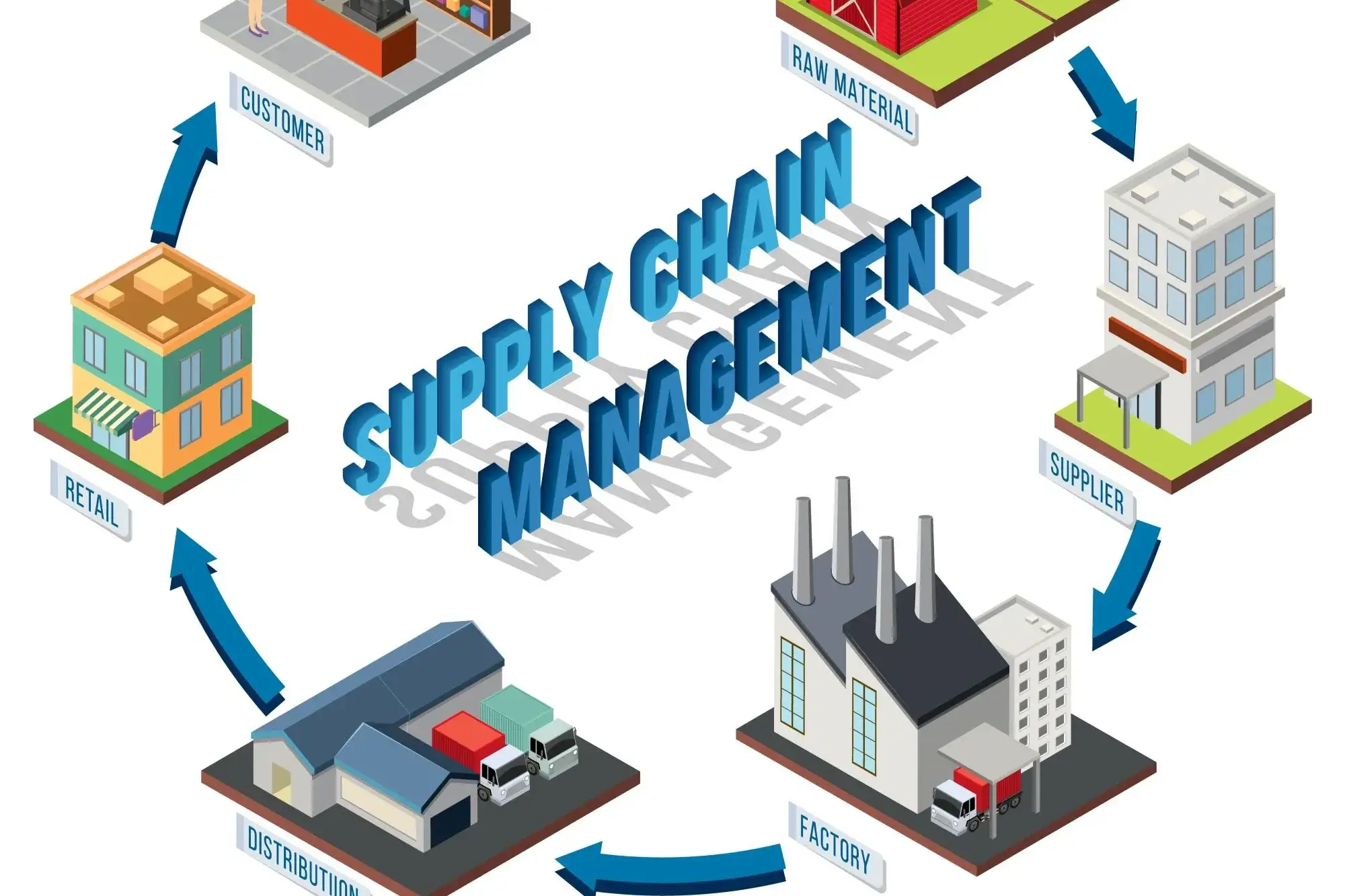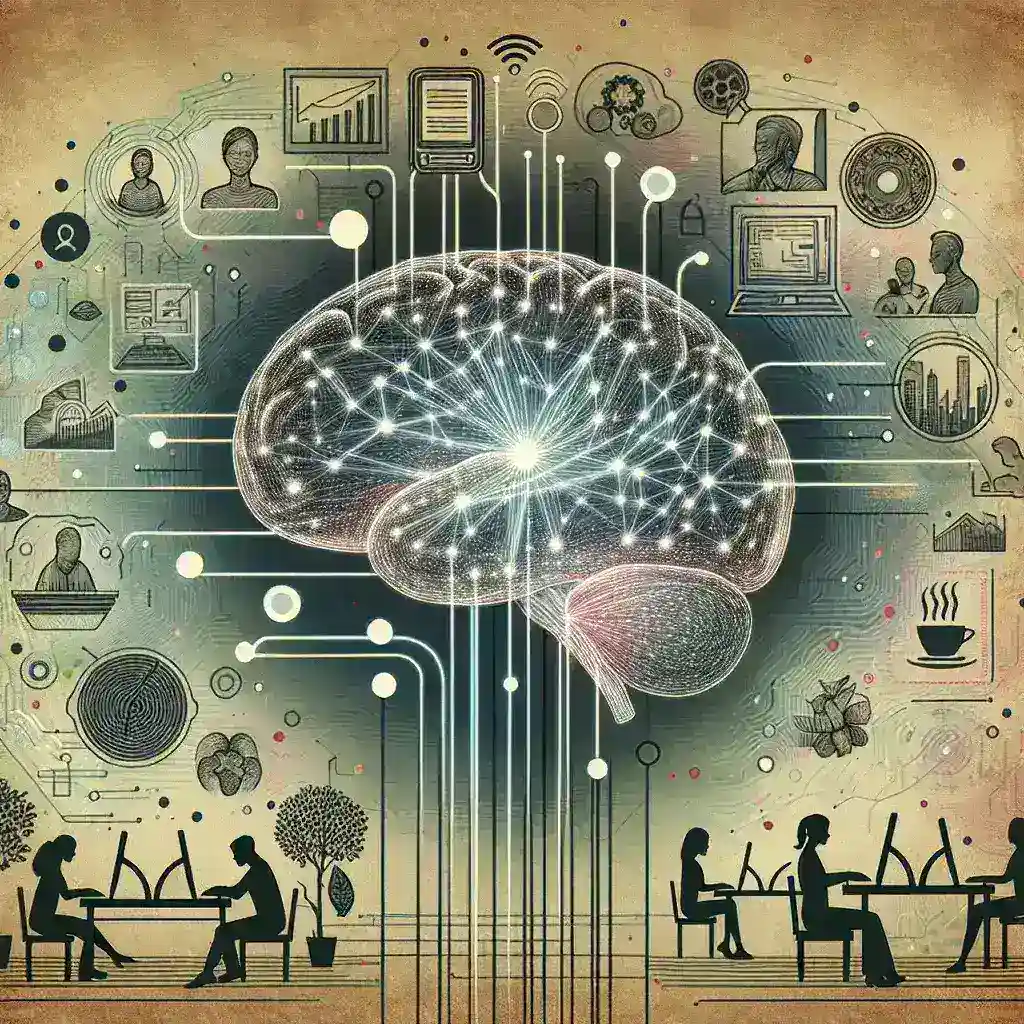Blockchain is a groundbreaking digital ledger technology that records transactions across a network of computers. Each transaction is logged in a “block,” which links to the previous block, forming a continuous “chain.” This chain is maintained across a decentralized network, making it resistant to tampering and fraud. Key characteristics include decentralization, where no central authority controls the ledger, immutability, where data cannot be altered without consensus, and transparency, where all participants have access to the entire ledger.
Originally developed as the underlying technology for Bitcoin, blockchain has since expanded beyond cryptocurrencies. Its potential for secure, transparent, and efficient record-keeping has led to its adoption in various sectors, including supply chain management. Significant milestones include the introduction of blockchain with Bitcoin in 2008, the emergence of Ethereum and smart contracts in 2014, and the rise of enterprise blockchain solutions in 2018.
How Blockchain Works
Decentralization and Distributed Ledger
In a blockchain, data is not stored in a single location. Instead, it is distributed across multiple nodes in a network. Each node maintains a copy of the entire ledger, ensuring that all transactions are consistently validated.
Advantages of Decentralization:
- Increased Security: No single point of failure.
- Enhanced Reliability: Data remains accessible even if some nodes fail.
Consensus Mechanisms
Consensus mechanisms are protocols used to agree on the state of the blockchain. They ensure that all nodes in the network agree on the validity of transactions.
Common Consensus Mechanisms:
| Mechanism | Description | Pros | Cons |
| Proof of Work (PoW) | Requires solving complex puzzles to validate transactions. | High security, well-established. | Energy-intensive, slow transactions. |
| Proof of Stake (PoS) | Validators are chosen based on their stake in the network. | More energy-efficient, faster transactions. | Less tested in practice. |
Smart Contracts
Smart contracts are self-executing contracts with the agreement terms written directly into code. They automatically execute and enforce contractual terms when predefined conditions are met.
Benefits of Smart Contracts:
- Automation: Reduces manual intervention.
- Accuracy: Minimizes human error.
- Speed: Executes transactions quickly.
Traditional Supply Chain Management Challenges
Lack of Transparency
Issues with Data Visibility
In traditional supply chains, data is often fragmented across various systems, making it difficult to obtain a comprehensive view. This lack of visibility can lead to inefficiencies and errors, such as slow updates and challenges in tracking the journey of products.
Consequences of Opacity
Opacity in supply chains leads to increased risks of fraud and operational inefficiencies. It becomes harder to verify authenticity, and poor coordination between stakeholders can result in significant disruptions.
Inefficiencies and Delays
Bottlenecks and Manual Processes
Supply chains frequently encounter bottlenecks due to manual processes and the absence of real-time updates. These delays can adversely affect production schedules and delivery timelines, leading to misalignments and errors in data handling.
Cost Implications
The inefficiencies and delays in traditional supply chains often lead to increased costs:
Cost Factors:
| Factor | Impact |
| Manual Verification | High administrative costs. |
| Intermediaries | Additional fees and delays. |
| Error Corrections | Increased operational expenses. |
Fraud and Counterfeiting
Risks in Authenticity
Fraud and counterfeiting are significant risks in many supply chains. Traditional systems struggle to provide adequate proof of authenticity, leading to potential financial losses and consumer mistrust.
Risks Associated with Counterfeiting:
- Consumer Health and Safety: Particularly critical in industries like pharmaceuticals.
- Brand Reputation: Damage to brand image and consumer trust.
Impact on Consumer Trust
Counterfeit products and fraud undermine consumer confidence:
Effects on Consumer Trust:
- Loss of Credibility: Consumers may avoid brands with a history of fraud.
- Reduced Sales: Potential decline in consumer loyalty and sales.
Blockchain’s Impact on Supply Chain Management
Enhancing Transparency
Real-Time Tracking
Blockchain enables real-time tracking of products throughout the supply chain. Each transaction or movement is recorded in an immutable ledger, providing all parties with up-to-date information.
Advantages of Real-Time Tracking:
- Improved Accuracy: Accurate and timely information.
- Enhanced Accountability: Clear record of every transaction.
Improved Data Integrity
The immutable nature of blockchain ensures that data once entered cannot be altered, providing a high level of data integrity and reducing the risk of errors and fraud.
Benefits of Improved Data Integrity:
- Reliable Records: Ensures accurate historical data.
- Enhanced Security: Reduces risk of tampering.
Increasing Efficiency
Automation with Smart Contracts
Smart contracts automate various processes within the supply chain, such as triggering payments and compliance checks. This automation reduces the need for manual intervention and speeds up processes.
Benefits of Automation:
- Reduced Manual Effort: Less need for human oversight.
- Faster Processing: Accelerates transaction and contract execution.
Streamlining Processes
Blockchain helps streamline supply chain processes by integrating various stakeholders into a single system. This integration reduces redundancies and improves overall efficiency.
Advantages of Streamlining:
- Unified System: Single source of truth for all participants.
- Reduced Errors: Fewer manual interventions and data discrepancies.
Reducing Fraud and Counterfeiting
Provenance and Authenticity
Blockchain enables detailed tracking of a product’s provenance from its origin to the end consumer. This capability assists in verifying the authenticity of products and preventing counterfeit goods.
Tamper-Proof Records
Blockchain’s immutable records guard against tampering and fraud. Once information is entered into the blockchain, it is securely maintained, ensuring that data remains accurate and reliable.
Case Studies and Real-World Applications
IBM Food Trust
IBM Food Trust leverages blockchain to enhance transparency in the food supply chain. By tracking food products from farm to table, it improves food safety and reduces waste.
De Beers and Diamond Traceability
De Beers utilizes blockchain technology to trace the provenance of diamonds, ensuring they are conflict-free and ethically sourced. This initiative enhances transparency and builds trust within the diamond industry.
Implementation Considerations
Challenges in Adoption
Technological Barriers
Implementing blockchain technology presents several technological challenges, including the need for new infrastructure and integration with existing systems.
Technological Challenges:
- Infrastructure Requirements: Need for robust hardware and software.
- Compatibility Issues: Integrating with legacy systems.
Integration with Existing Systems
Integrating blockchain with current supply chain systems requires careful planning and execution. Companies must address potential compatibility issues and ensure a smooth transition.
Integration Considerations:
- System Compatibility: Ensuring new and old systems work together.
- Training Needs: Educating staff on new processes and technologies.
Cost and Investment
Initial Setup Costs
Adopting blockchain involves significant initial costs, including investments in technology, training, and system integration.
Initial Cost Factors:
| Cost Component | Description |
| Technology Investment | Costs for purchasing and setting up technology. |
| Training | Expenses for educating employees. |
| Integration | Costs associated with integrating blockchain with existing systems. |
Long-Term Financial Benefits
Despite high initial costs, blockchain technology offers long-term benefits such as increased efficiency, reduced fraud, and improved transparency.
Long-Term Benefits:
- Operational Efficiency: Streamlined processes and reduced manual effort.
- Cost Savings: Lower operational costs and reduced fraud-related expenses.
Future Outlook
Innovations on the Horizon
Emerging Technologies
The future of blockchain in supply chain management is set to be significantly enhanced by integrating with emerging technologies such as artificial intelligence (AI) and the Internet of Things (IoT). These innovations will improve data analysis and decision-making while also providing enhanced tracking and real-time data collection capabilities.
Blockchain and IoT Integration
The integration of blockchain with IoT devices will offer greater visibility and control over supply chain operations. By incorporating IoT sensors, real-time data can be fed into the blockchain, allowing for more accurate tracking and management of goods. This combination will facilitate continuous data collection and improve oversight of supply chain processes.
Potential for Global Supply Chain Transformation
Increased Adoption Rates
As more businesses recognize the benefits of blockchain, adoption rates are expected to rise significantly. This widespread adoption will lead to a more transparent and efficient global supply chain. Factors contributing to this trend include growing awareness of blockchain’s advantages and support from major industry players.
Evolution of Industry Standards
Blockchain technology is likely to drive the evolution of industry standards. This will promote best practices and enhance interoperability across various supply chains. The development of universal standards for blockchain implementation and the adoption of best practices will contribute to a more cohesive and reliable global supply chain network.





